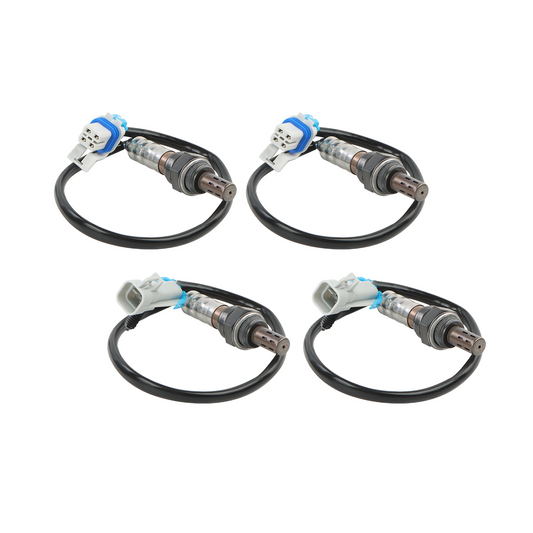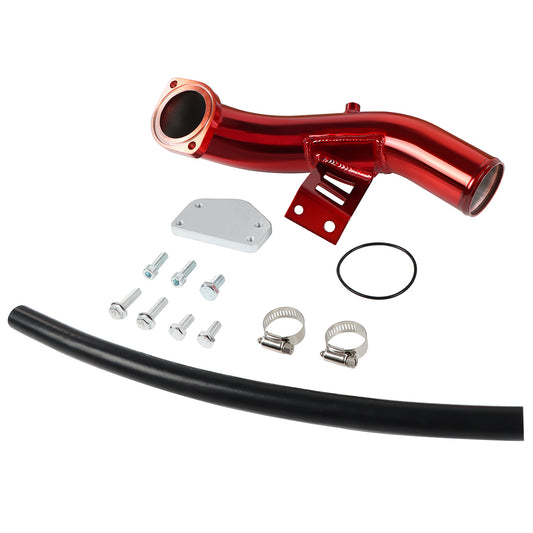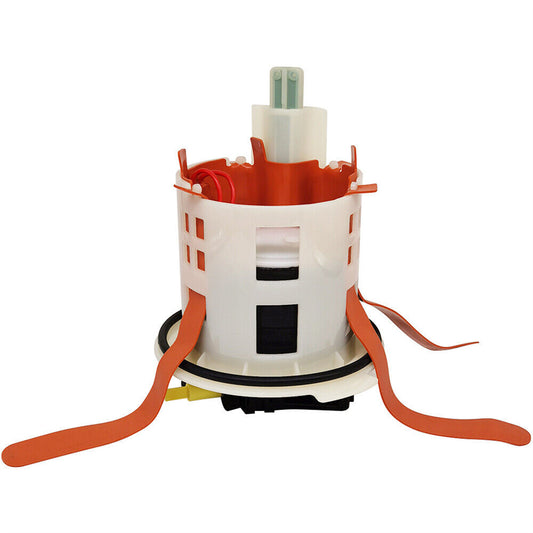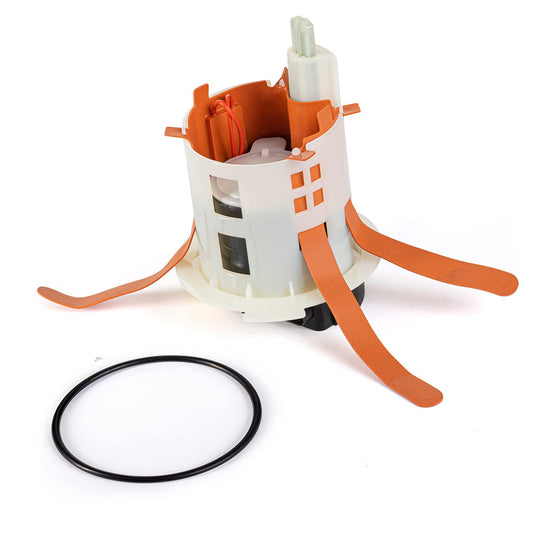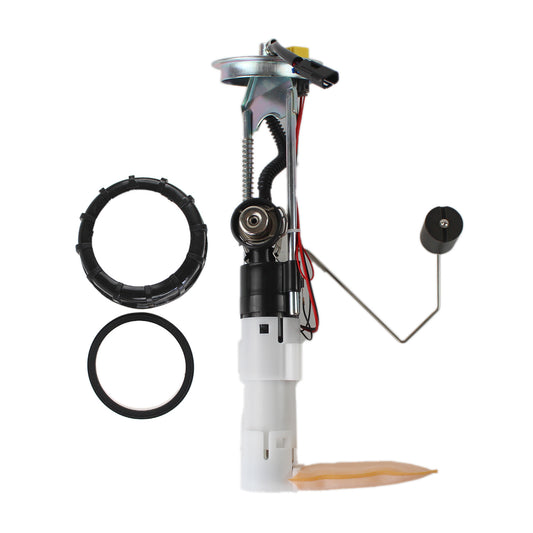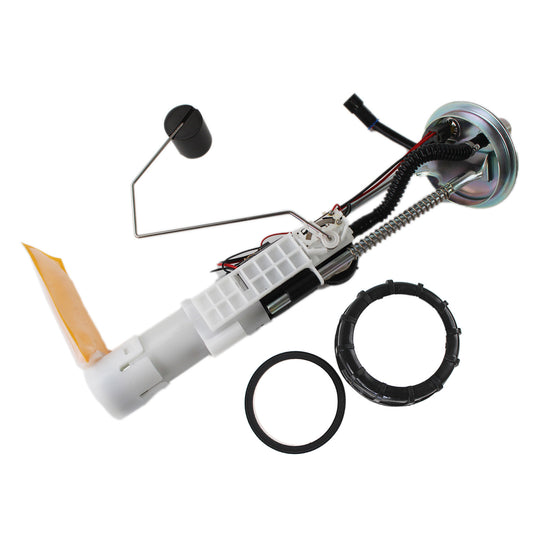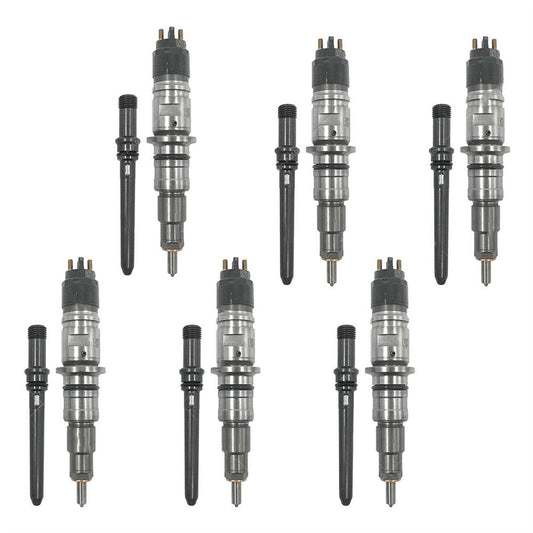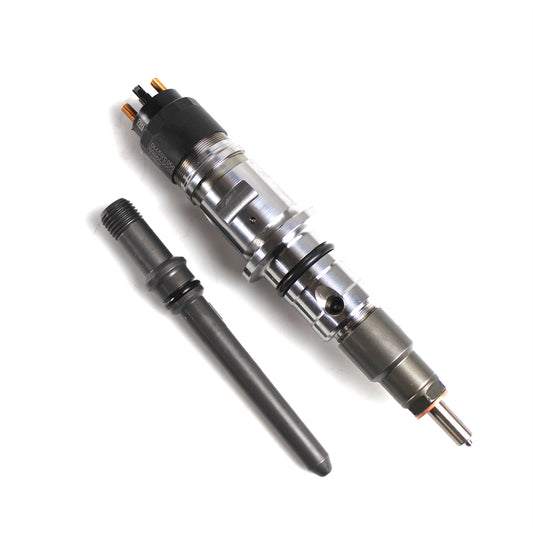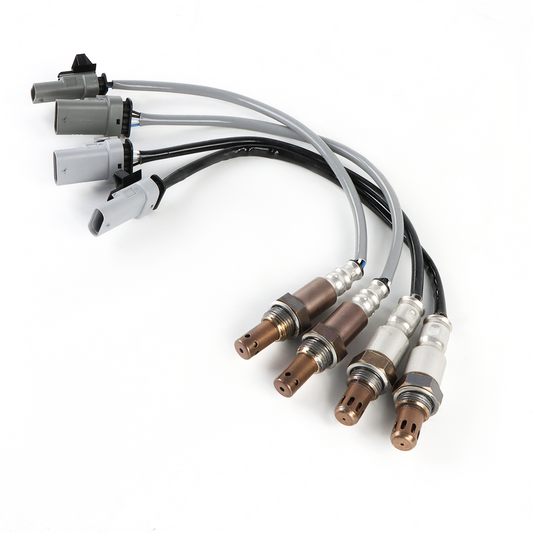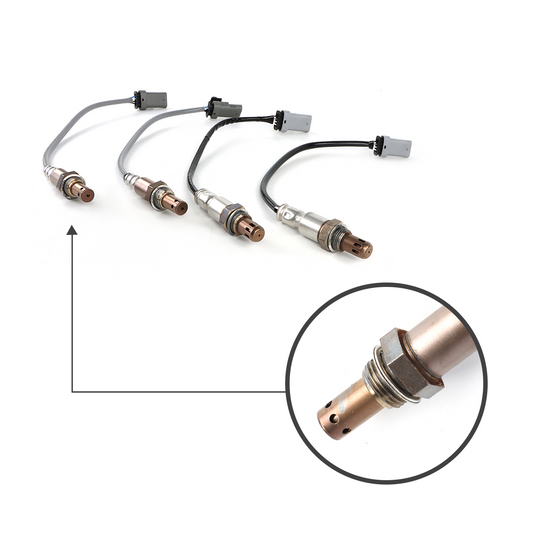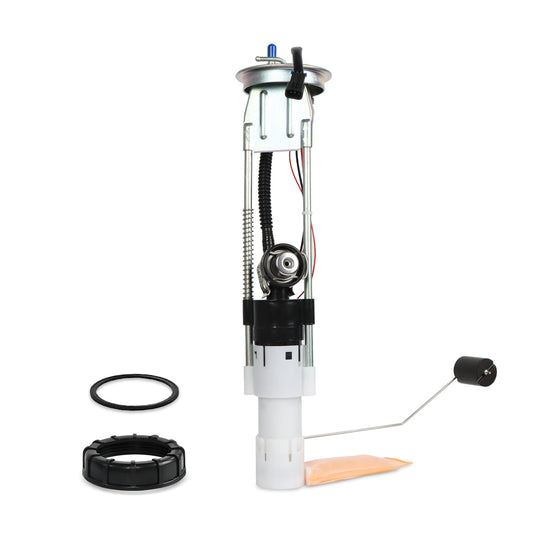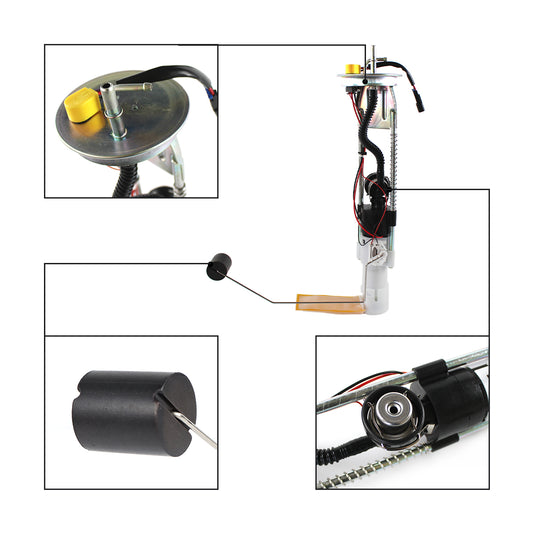Ultimate Guide: How to Test and Troubleshoot Your O2 Sensor
Introduction:
Is your vehicle exhibiting signs of poor fuel efficiency or emissions issues? It may be time to test your oxygen sensor, also known as the O2 sensor. In this comprehensive blog post, we will guide you through the process of testing and troubleshooting your O2 sensor. By understanding how to properly assess its functionality, you'll be able to identify potential problems and take appropriate action. Get ready to optimize your engine's performance and ensure a clean-running vehicle.

1, Importance of the O2 Sensor:
Discover the vital role the O2 sensor plays in monitoring the exhaust gases and providing feedback to the engine control unit (ECU). Understand how it helps regulate the air-fuel mixture, ensuring optimal combustion and reducing harmful emissions.
2, Signs of a Failing O2 Sensor:
Learn to recognize common symptoms of a faulty O2 sensor, such as decreased fuel efficiency, rough idling, check engine light illumination, or failed emissions tests. These indicators can help pinpoint if your O2 sensor requires testing and potential replacement.
3, Preparing for Testing:
Equip yourself with the necessary tools and safety precautions before starting the testing process. Familiarize yourself with the location of the O2 sensor in your specific vehicle and gather the required materials, including a multimeter and O2 sensor tester.
4, Testing Methods:
Explore different methods for testing your O2 sensor, including using a multimeter to measure voltage, utilizing an O2 sensor tester, and employing a scan tool to access live data and monitor sensor performance. Follow step-by-step instructions for each method to obtain accurate readings.
5, Troubleshooting and Interpreting Results:
Understand how to interpret the test results based on the observed voltage values and determine if your O2 sensor is functioning properly or requires replacement. Learn about potential issues that can affect O2 sensor readings and troubleshoot accordingly.
6, Maintenance Tips:
Gain valuable insights into maintaining the longevity and efficiency of your O2 sensor. Discover best practices for cleaning and restoring its performance, as well as guidelines for regular inspection and replacement intervals.
Conclusion:
Testing your O2 sensor is a crucial step in ensuring optimal engine performance and emission control. By following the comprehensive guide provided in this blog post, you'll be equipped with the knowledge and tools to test and troubleshoot your O2 sensor effectively. Don't let a faulty sensor compromise your vehicle's efficiency and environmental impact. Take control of your engine's performance by becoming proficient in O2 sensor testing and maintenance.


